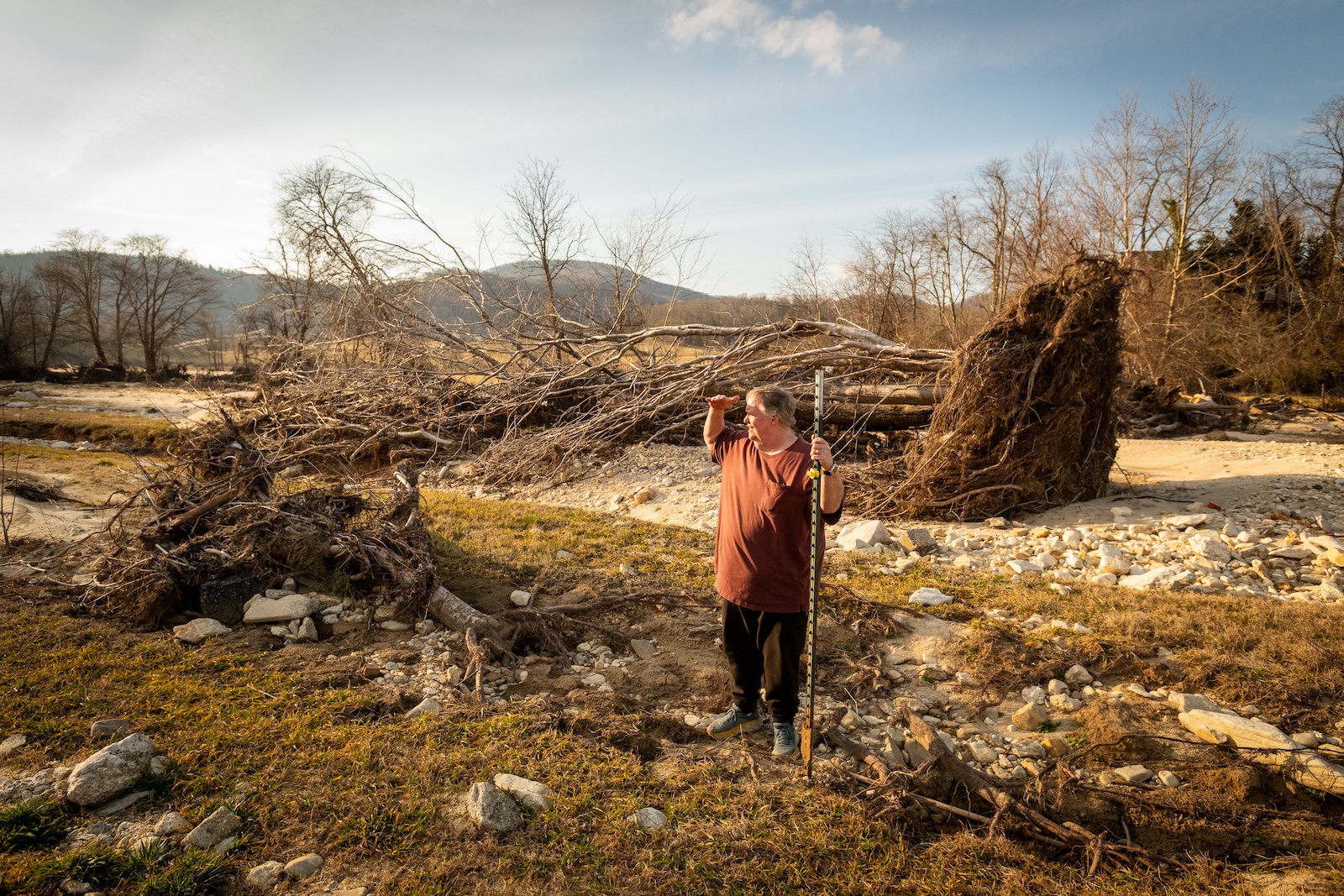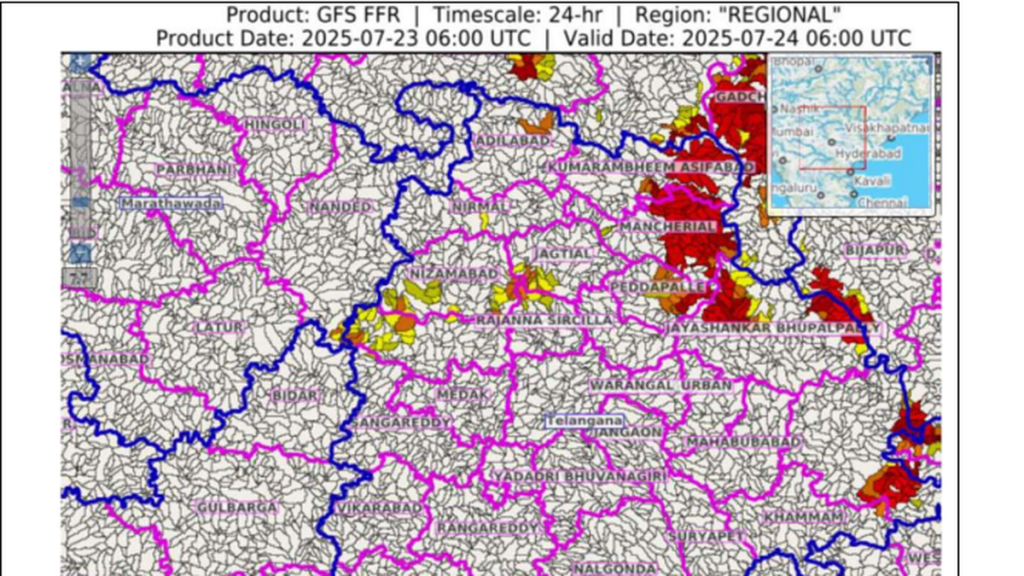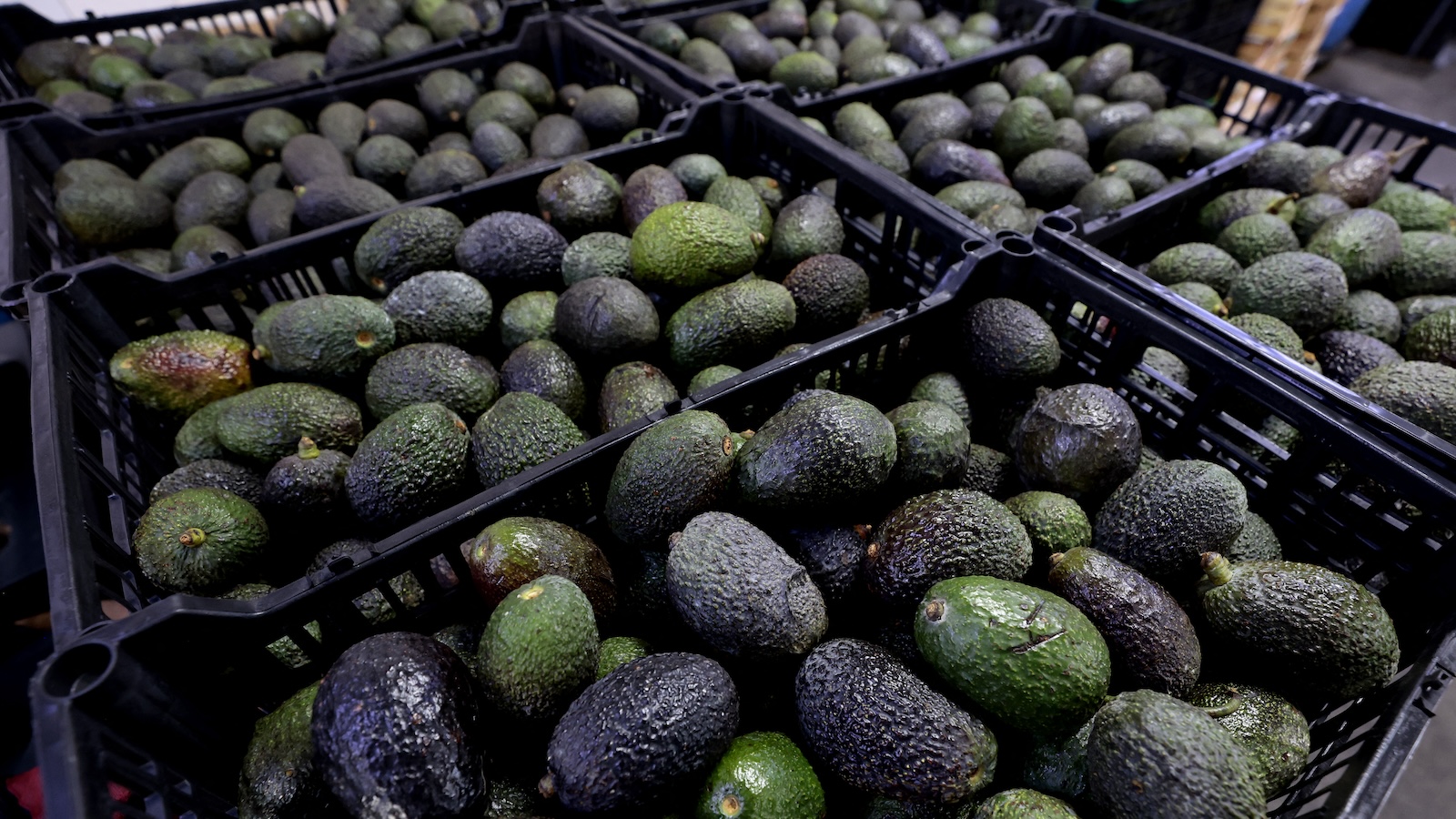Now Reading: $20 Billion Dilemma: Challenges Facing America’s Farmers
-
01
$20 Billion Dilemma: Challenges Facing America’s Farmers
$20 Billion Dilemma: Challenges Facing America’s Farmers

Quick Summary
- Climate change-driven extreme weather significantly impacted U.S. agriculture in 2024, resulting in at least $20.3 billion in crop and rangeland losses.
- Texas reported the largest losses ($3.4 billion), followed by minnesota ($1.45 billion) and California ($1.4 billion).
- Hurricanes Helene and Milton caused substantial damage to agriculture in the Southeast,including Georgia ($459 million) and Florida (almost double Georgia’s losses).
- congress authorized $31 billion for disaster relief; though, only $10 billion is currently being expedited by the USDA under stringent eligibility criteria that favor industrial-scale farms over smaller operations.
- Remaining funds of $21 billion are allocated for producers impacted specifically by weather-related disasters but lack urgency due to no fixed disbursement timeline.
- Critics argue smaller farms producing specialty crops are frequently enough uninsured or left out of such federal programs, deepening inequalities.
- Farmers face financial stress from climate impacts compounded by inflation, rising operational costs, price volatility, and insufficient coverage from existing crop insurance.
Indian Opinion Analysis
The escalating climate effects on global agriculture underscore crucial implications for India-a major agrarian economy vulnerable to extreme weather patterns like droughts, floods, and cyclones. Like their U.S counterparts’ plight documented here-where aid disproportionately benefits large-scale farming-India’s disaster-relief mechanisms could similarly face challenges ensuring equitable access for marginal farmers reliant on cash crops or specialty yields.Given the shifting cycles of dependency on government intervention noted globally-is introspective ahead fairness-dimensions whereby strategic pressing targeted rural farming communities how fast cohesive upward meaningful instead
























